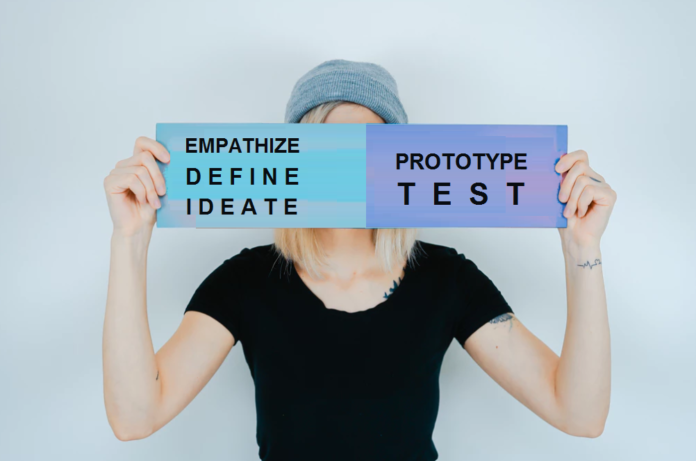For the past decades, the traditional management styles have centered around efficiency models like Lean and Six Sigma, both of which came to gain popularity in the 1990s and have since become the new normal for corporations (both big and small). However, with time these practices have become commonplace and standard as part of the quality users expect from both services and products. So how do you move forward and away from these models (whose main objective was to make the production of goods more efficient and with less error) and into a new model where teams are encouraged to think creatively unlocking value for their customers?
Enter Design Thinking. While design is often associated with products, interiors, and graphics (and more often than not to be aesthetically pleasing), Design Thinking takes the elements that designers use, such as empathy, rapid prototyping, and continuous feedback to create innovative solutions. This is all based on a deep understanding of your customer and their needs and wants, rather than guessing. It is through design thinking that companies can create differentiated products, services, and strategies that will drive their brand value, especially in a world where it is not enough to unlock wealth but where brands will have to create wealth for their users.
Tim Brown, CEO of IDEO describes design thinking as a “human-centered approach to innovation that draws from the designer’s toolkit to integrate the needs of people, the possibilities of technology, and the requirements for business success.”
When it comes to startups and entrepreneurs, design thinking can prove a valuable tool for tackling challenges, scaling up and creating value for customers. The process of design thinking is non-linear and at times it can seem confusing and complex but the basic phases allow for continuous iteration and adaptability to the challenge at hand. The phases include empathising, defining, ideating, prototyping, and testing.
As a leader, your role in design thinking with your team becomes that of a facilitator. The person who steers the process and provides the framework to encourage new ideas among them and keep them moving forward when things seem murky. This, as well as the design thinking process, will become easier the more you go through it. As a leader, you are also responsible for making sure the team has a clear vision of the challenge at hand, that which you are trying to sort through design thinking and making sure that as you progress through the phases, this challenge is not lost.
So how do you go about actually implementing design thinking with your teams? Below, I have outlined 5 simple steps to get you started:
- Empathising: the first step in design thinking is about truly understanding your user or customer and putting yourself in their shoes. What are their jobs (what are they trying to accomplish)? What are their current pains (what annoys them, troubles them or prevents them from doing the job)? What are their current gains (what are the outcomes and benefits they desire)? Answering these questions will allow you to create a persona of your user or customer. These can be uncovered through interviews, focus groups and field research.
- Defining: what is the problem that really needs to be solved? What are your users or customers trying to accomplish? This is the step that brings clarity and a sense of direction for the work the team will be doing.
- Ideating: this is the phase where ideas happen, as many and as diverse as you can come up with. In this phase, all ideas are considered and reflected upon. Some ways in which you can do this is through brainstorming with post-its, mind-mapping, and sketching.
- Prototyping: these rough mockups of the potential solutions allow you to test your ideas out with a small investment of time and money. Prototypes are essentially a low resolution or low fidelity model of a potential solution; these can be made out of cardboard, can be sketches, storyboards, etc.
- Testing: although this is the final phase in design thinking, the process is iterative, meaning that you can go back to phases 3, 4 and 5 as many times as needed. During testing, you put your prototypes in the hands of your users or customers to see what works, to get feedback from them and refine your prototypes.
As you make your way through the final phases you will start to see how through continuous iteration (prototyping, testing and implementing feedback) you get closer to finding the right solutions for your challenges. Moreover, bringing design thinking to start-ups and your teams is a great way to build collaboration, foster creative thinking and create wealth for your customers.




